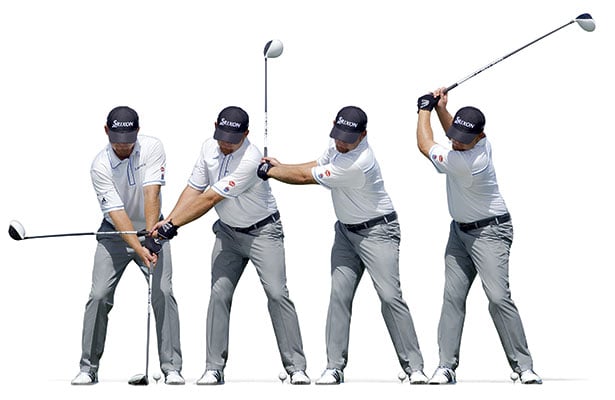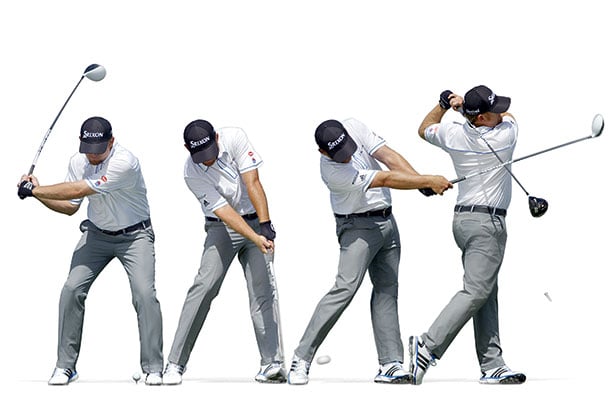Unconventional, But This Bloke Crushes the Ball
When J.B. Holmes shot 64 to get into a playoff (which he went on to win) with Jordan Spieth and Johnson Wagner at the Shell Houston Open in April, it wasn’t even his best round this year. That was a 10-under 62 at Doral a month earlier.
Flashback to 2006. After leading the US PGA Tour Q School, Holmes reached $1 million in earnings in just five tournaments – the fastest of any player in history. In addition to his ultra-long drives, he quickly impressed with his short game. His wedge to two feet on the 17th hole at the 2008 Ryder Cup all but clinched victory for Paul Azinger’s US team.
But events conspired to knock Holmes off the tour. In 2011, he was diagnosed with a brain condition called Chiari malformation and underwent two surgeries. Then elbow and ankle injuries slowed his return. He lost 40 km/h in swing speed, according to the only teacher he has ever had, Matt Killen.
That’s all behind him now. Holmes’ win in Houston, his fourth on the US PGA Tour, has primed him for the remainder of 2015. Killen explains below how this power player with a short swing hits those monster drives.
Power Start [above]
A natural fader, J.B. Holmes typically sets up with his feet, hips and shoulders slightly open to the target line. His grip looks strong (hands turned to his right), “but that’s really modern-day neutral,” says Killen. “I like how his spine is tilted back a bit, promoting an upward angle of attack.”
Wide Off The Ball [above]
In the first part of the backswing, his hips don’t turn much, but his hands are as far from his body as possible, with little wrist hinge – that’s wide, Killen says. In the third image, notice Holmes stays tall as 80 per cent of his weight shifts to his right leg. And he’s really cranking that hip turn. “More than most tour pros,” Killen says.
Tall at the Top [above]
“J.B. makes a huge shoulder turn but a relatively short arm swing,” Killen says. “His left arm is slightly bent, but the force of the swing will straighten it coming down.” Holmes is poised for power. Says Killen: “From here, he can push down hard with his legs and use the ground as a springboard.”
The Force Feel [above]
Starting down, Holmes’ left wrist bows outwards (“common in great ball-strikers,” Killen says), and he presses into the ground. That downward force sets up serious power as the club falls into an ideal delivery position. “His right elbow pitches down as he turns his shoulders, which causes the shaft to lay down.”
Taking More Tilt [above]
Through impact, Holmes increases his spine tilt to the right as he thrusts off the ground. Killen says they’ve measured this upward force at 227 per cent of Holmes’ body weight. “The additional spine tilt and a forward-leaning shaft at impact give J.B. a high launch with lower spin for more distance,” Killen says.
Let It All Go [above]
Holmes has cleared his hips more than his shoulders just past impact. “His left wrist is in extension, like he’s popping a towel, and his right wrist looks as if he’s shaking hands with the target,” Killen says. What about that left foot spinning out? “Someone who swings this hard can’t harness it, but he’s in balance.”
Pro-file
J.B. Holmes
33 / 5-foot-11
86 kilograms
Bradenton, Florida
Driver
TaylorMade R15 430
9.5 degrees
Ball
Srixon Z-Star





